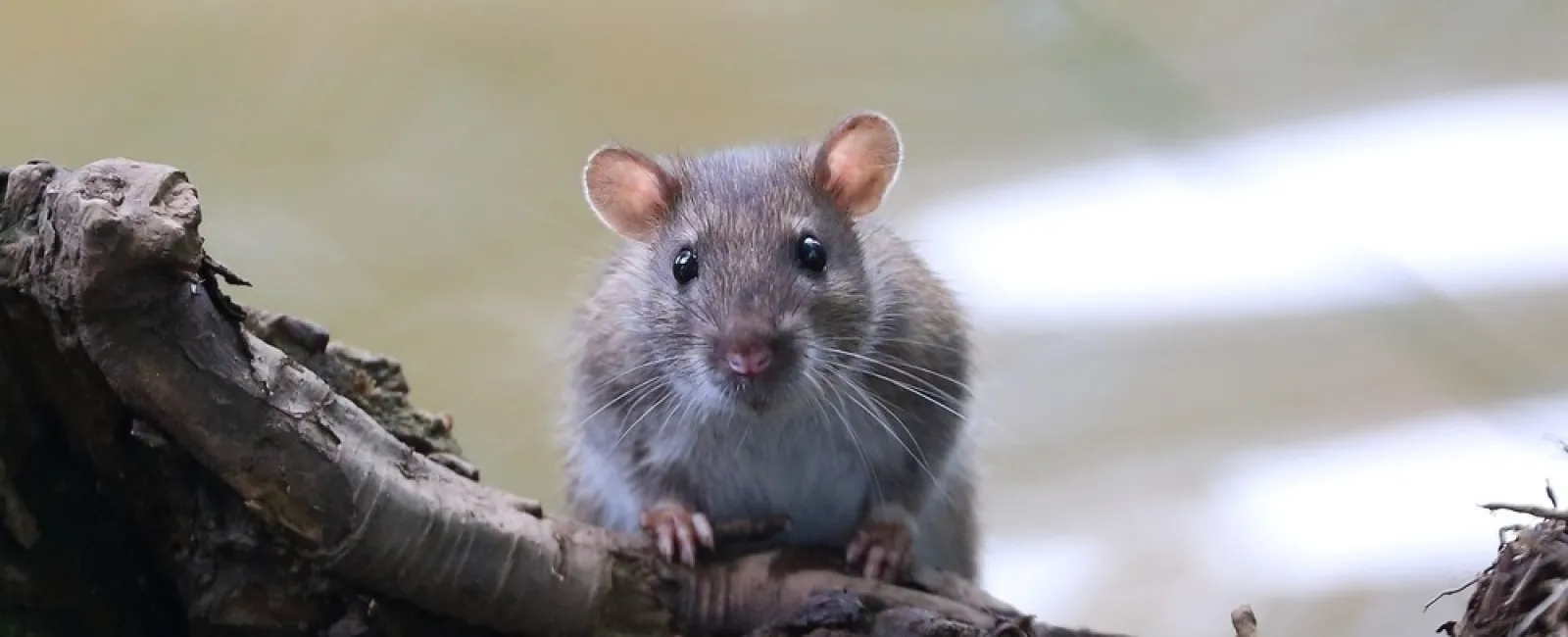Rats and humans have coexisted throughout the ages, at moments having an outsized impact on human history. Where humans go, rats go too, following our food, water, and shelter. If you know anything about the plague or other rodent diseases, you know that this isn't always a good thing. Rats continue to impact how humans live their lives, including right here in Snohomish, Washington. If you aren't vigilant, rats invading your Snohomish property can cause countless problems. Here's all you need to know about rats and how to prevent them, in Snohomish.
Snohomish's Rat Identification Guide
You've probably seen rats before around Snohomish, though these rodents are often confused with mice and other small critters. Let's make sure it's rats you've seen before we move on to prevent their invasion. Like other rodents, rats have long, furry bodies, four legs, and small pinkish hands. They have narrow, triangular faces, and though they vary in size and color, they are notably bigger than mice.
There are a few different rat species common to Snohomish, but chief among them are the Norway Rat and the roof rat. Norway rats grow to around 11 inches in length, have muddy brown coats, and are fairly round compared to other rats. Roof rats, by contrast, only grow to about 5-7 inches and are much darker and pointier than their Norwegian counterparts. Finally, Washington residents may also encounter the black rat, which is similar in size to the roof rat but has a much darker coat and a much longer tail. If you think one of these nasty critters has invaded your property, it's time to call the experts at Guard Pest Control today!
Problems Associated With Snohomish Rats
Rats, like other rodents, can cause two types of problems, health issues, and home damage. When it comes to home damage, rats do it best. These pests will make nests out of the structures in your home, chewing through wood, wires, plastic, and even insulation. The repairs from rat damage can skyrocket the longer that your rat problem goes unnoticed.
Rats can also spread many illnesses. Rats are vectors of diseases such as leptospira, Bartonella, salmonella, hantavirus, and the bubonic plague. These pathogens are spread in the following ways:
- Eating Your Food: If a rodent can get into your pantry, it will potentially contaminate your entire food supply.
- Urine And Feces: Rodents leave their droppings wherever they walk, making your entire property a potential hazard.
- Walking Around: Rodents spread disease simply by existing on your property. The longer they remain in your house, the greater the risk of infection.
Rats have no place on your property. So, how can you keep them out?
Rat Prevention Tips
Keeping rats out doesn't have to be time-consuming. Your best bet is to make your house as unattractive to pests as possible. Rats are primarily attracted to two things: clutter and food. If your house has a lot of junk or mess, including piles of clothes, junk, or trash, rats might camp out and start their nests there. If they have access to the trash or pantry, there's an even greater incentive to move in.
Despite these prevention efforts, rats can still make their way inside your Snohomish home. Because they can fit into tiny holes, and because they reproduce so quickly, mice and rats can easily infest properties throughout Washington. A rodent population will certainly grow faster than you can get rid of them, and poisons or traps will never act quickly enough.
If you find that a rodent has made its nest in your home, don't try to take matters into your own hands - DIY (do it yourself) options often make the problem worse. Instead, reach out to the experts at Guard Pest Control, and we'll make sure these furry pests never spread diseases through your house again.

